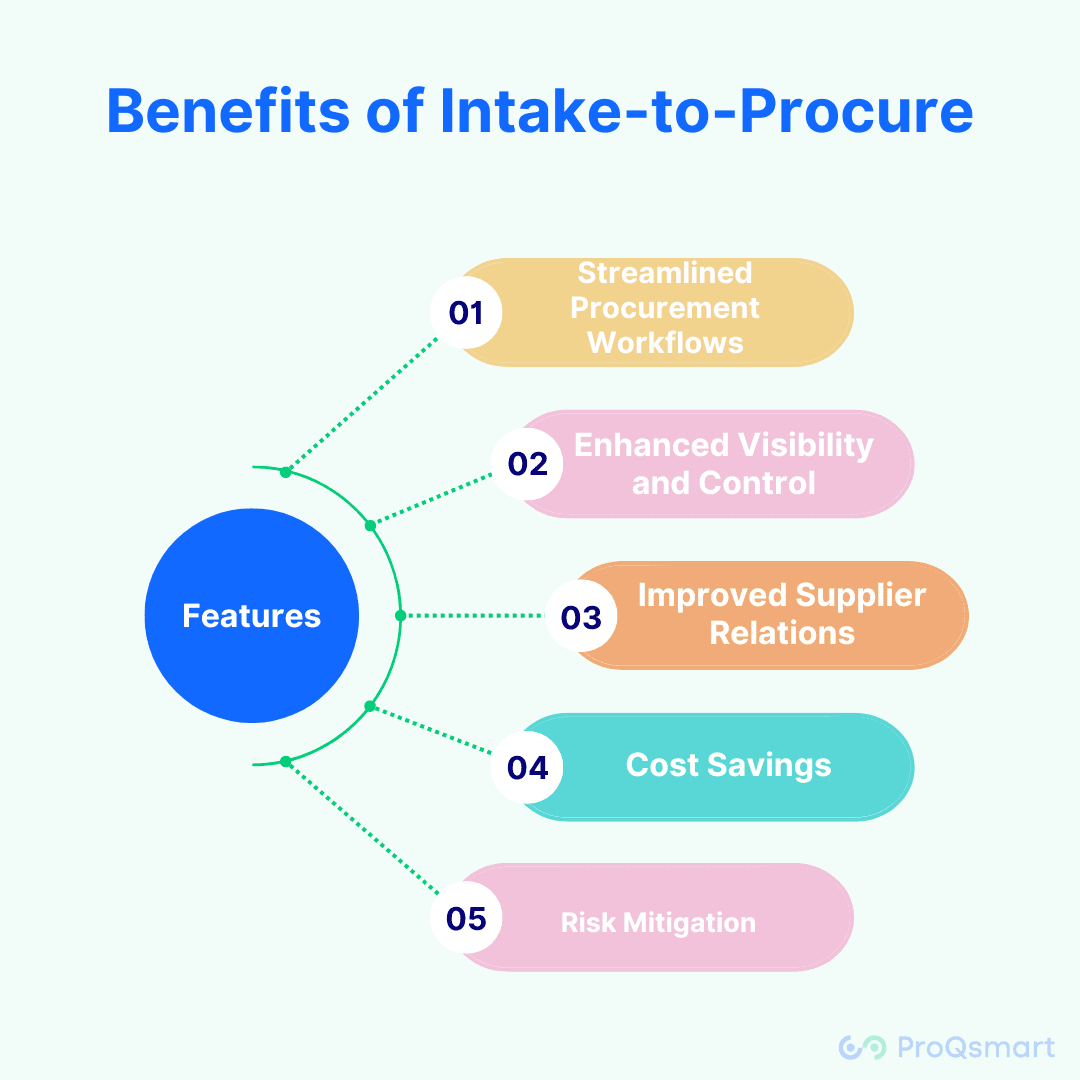In the complex landscape of modern business operations, efficiency and clarity in procurement processes are paramount. This is where the concept of “intake-to-procure” comes into play, revolutionizing the way organizations handle their procurement needs from start to finish. This comprehensive guide delves into what intake-to-procure means, its significant benefits, and why it’s becoming an essential strategy for businesses looking to optimize their procurement operations.
What is Intake-to-Procure?
Intake-to-procure is a systematic approach to managing and streamlining the procurement process from the initial request all the way through to purchasing and contract management. This method ensures that every procurement request is properly vetted, approved, and aligned with the organization’s strategic goals and compliance standards.
The Process of Intake-to-Procure
The intake-to-procure process typically involves several key stages, each designed to enhance the transparency and efficiency of procuring goods and services:
1. Request Intake
The process begins with the intake of procurement requests. This stage involves the collection of detailed information about the need for goods or services. Effective intake forms capture critical details such as specifications, quantity, budget, and the urgency level, which help in accurate processing and prioritization.
2. Request Evaluation
Each request is then evaluated to ensure it aligns with strategic business objectives and complies with internal procurement policies. This evaluation may involve multiple departments, including finance and compliance, to verify the necessity and budget alignment of the request.
3. Supplier Selection
Once approved, the procurement team moves on to the supplier selection phase. This involves identifying potential suppliers, issuing requests for proposal (RFPs), and evaluating bids based on predefined criteria such as price, quality, and delivery timelines.
4. Procurement Execution
After selecting the best supplier, the procurement team negotiates terms and finalizes contracts. The execution phase focuses on achieving the best value for the organization, ensuring favorable payment terms, and solidifying delivery schedules.
5. Order Management and Fulfillment
The final stage of the intake-to-procure process involves managing the order placement, tracking the fulfillment of goods or services, and handling any issues related to delivery or quality. Effective order management ensures that the products or services meet the specified requirements and are delivered on time.
Benefits of Intake-to-Procure

Streamlined Procurement Workflows
By standardizing the intake process, organizations can eliminate bottlenecks, reduce procurement cycle times, and improve the overall efficiency of their procurement operations.
Enhanced Visibility and Control
Intake-to-procure provides greater visibility into the procurement process, allowing for better tracking of expenditures, compliance with policies, and strategic allocation of resources.
Improved Supplier Relations
This process facilitates better communication with suppliers by clearly defining requirements from the outset, which helps in building stronger, more reliable supplier partnerships.
Cost Savings
Through systematic evaluation and competitive bidding, intake-to-procure helps organizations achieve significant cost savings by ensuring that they are purchasing the right goods and services at the best prices.
Risk Mitigation
By thoroughly vetting each procurement request for compliance and alignment with business goals, intake-to-procure reduces the risk of overspending and procuring non-essential items.
Conclusion
Intake-to-procure is not just a procurement process; it’s a strategic framework that aligns purchasing decisions with business goals, optimizes spending, and enhances operational efficiencies. For businesses looking to gain a competitive edge through their procurement activities, adopting an intake-to-procure approach can be transformative, paving the way for a more streamlined, cost-effective, and strategically focused procurement function.
FAQs
What is the intake-to-procure process?
The intake-to-procure process is a structured approach to managing procurement requests from the initial intake stage through to the final purchase and contract management. It involves systematically handling requests to ensure they align with business objectives and comply with procurement policies.
What are the key stages of the intake-to-procure process?
The key stages include request intake, request evaluation, supplier selection, procurement execution, and order management and fulfillment. Each stage is designed to streamline procurement activities and enhance operational efficiency.
How does the intake-to-procure process benefit an organization?
Benefits include streamlined procurement workflows, enhanced visibility and control over procurement activities, improved supplier relationships, cost savings through better spending management, and reduced risk associated with non-compliance and misaligned spending.
Why is visibility important in the intake-to-procure process?
Visibility is crucial because it allows for better tracking and management of procurement activities, ensuring that all actions are transparent and accountable. This leads to improved compliance, better budget management, and more informed decision-making.
How does the intake-to-procure process improve supplier relationships?
The process improves supplier relationships by establishing clear communication from the outset. It ensures that all requirements and expectations are well-defined, allowing suppliers to provide the necessary goods or services more effectively and build trust with the purchasing organization.
What role does technology play in the intake-to-procure process?
Technology plays a pivotal role by automating many aspects of the process, from the initial request intake and evaluation to supplier selection and order management. Procurement technologies help streamline operations, reduce errors, and collect data for further analysis and improvement.
How can organizations implement an effective intake-to-procure process?
Organizations can implement an effective process by clearly defining the workflow, establishing criteria for evaluating requests, training staff on the process, utilizing technology to automate and track activities, and regularly reviewing the process for improvements.
What challenges might organizations face when implementing the intake-to-procure process?
Challenges can include resistance to change from employees accustomed to less structured procurement methods, the initial setup and training costs of a new system, and integrating new technologies with existing systems.
Can small businesses benefit from the intake-to-procure process?
Yes, small businesses can significantly benefit from the intake-to-procure process as it helps them manage procurement activities more efficiently, reduces costs by avoiding unnecessary purchases, and improves supplier negotiations and relationships.
How does the intake-to-procure process help in cost management?
The process helps in cost management by ensuring that every procurement activity is justified, aligns with strategic goals, and is carried out in the most cost-effective manner. It also facilitates competitive bidding and better negotiation, leading to direct cost savings.
Leave a Reply